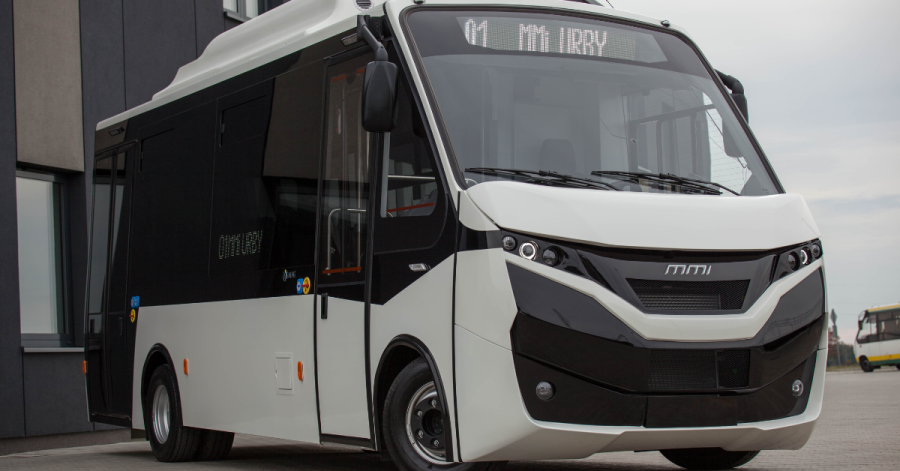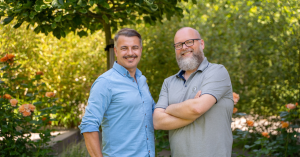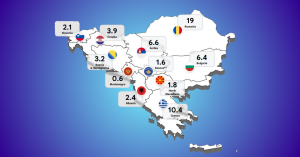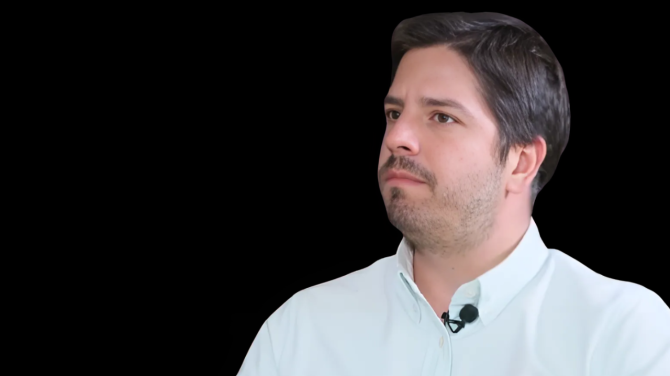In A Nutshell
- MMI, a Polish producer and distributor of buses, secures €7.7M funding from Vinci S.A.
- The capital will be used to develop electric buses in three variants, including low-entry, low-floor and normal-floor vehicles.
- According to data from the European Commission, heavy-duty vehicles such as coaches, trucks, and city buses account for over 6% of total greenhouse gas emissions.
Urban Transport To Be Zero-Emission in 2030
Transport, especially public transport, is an integral part of our daily lives. Whether we are commuting to work, going shopping, or meeting friends, we often rely on buses, which typically have the most extensive network of connections. Unfortunately, the ability to move efficiently comes at a cost, namely significant environmental pollution. In city centers, diesel buses contribute substantially to air quality degradation and the formation of smog.
To combat the growing climate pollution, in February 2024, the European Comision announced a new net greenhouse gas emissions reduction target for the European Union. Assuming their reduction by 90% by 2040 compared to 1990 levels, and representing an intermediate step to enable climate neutrality by 2050, in line with the European Green Deal. One of the key proposals from the Commission is a change in urban transport, requiring all new city buses to be zero-emission starting in 2030.
Polish MMI To Build a New Type of Vehicles
A Polish manufacturer of small and medium-sized buses aims to address these challenges. The family-owned company MMI, which employs over 70 people and has so far been producing diesel and compressed natural gas-powered vehicles, is preparing for a technological transformation and the production of its own zero-emission vehicles. This goal will be supported by recently secured funding of €7.7M from the Vinci S.A. fund.
“We plan to use the secured capital to create our own brand of small and medium-sized electric buses, including models powered by hydrogen fuel cells, in three variants: low-entry, low-floor, and standard-floor. To achieve this, we are working on zero-emission drive technology and innovative chassis and body designs. Our goal is to create buses with the lowest possible curb weight to maximize their range,” comments Stanisław Zdrojewski, CEO of MMI.
“We are developing a new type of body structure using composite technology, specifically a skeletal-laminate construction, which will significantly reduce the weight compared to the traditional steel-aluminum frame. Additionally, we plan to develop a drive train system utilizing synchronous motors integrated into the wheel hubs of the drive axle. This will simplify the power transmission system, increasing its efficiency and reliability. Our next steps include developing a bus powered by a hydrogen fuel cell and constructing a modern production hall, which will enable us to double our current production volume,” Zdrojewski adds.
CEE-Created Electrical and Hydrogen Buses
The timeline for producing the full range of minibuses is set to 3 years. Technological development and the new types of vehicles will enable the company to strengthen its position in the Polish market and expand its operations and current offerings in Italy, France, Germany, Switzerland, and Scandinavia.
“The company’s development schedule for urban, intercity, and school buses aligns well with market expectations, particularly regarding EU regulations on zero-emission urban transport. MMI’s electric minibuses will be among the few of their kind produced in Europe and one of only two when it comes to minibuses powered by hydrogen fuel cells. The body design project, developed by the company’s R&D team in collaboration with external consultants, represents a European-scale innovation, positioning the company to compete for a strong position in the international market,” comments Piotr Woliński, CEO of Vinci S.A.
“Our investment in the MMI project aligns with the mission and objectives entrusted to Vinci by Bank BGK, which include developing technologies that support sustainable development and technological transformation in our region,” Woliński adds.








